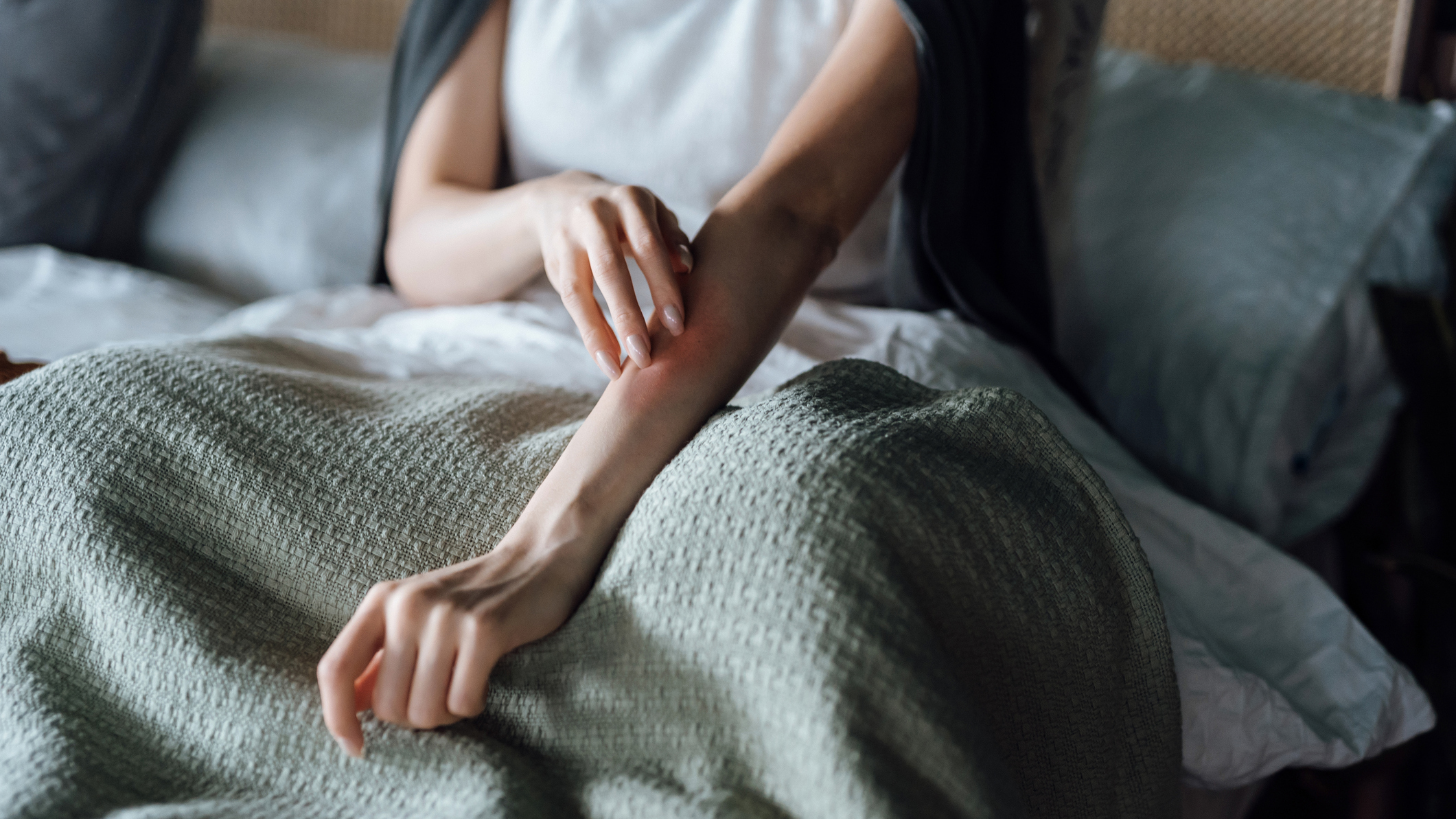
If anyone in your home is suffering from scabies, the unpleasant truth is that you have an infestation to deal with. It’s really important, therefore, to understand how long scabies can live in your mattress and, vitally, how to get rid of it.
Scabies is a contagious condition caused by mites. It results in intense itching and a pimple-like rash. It can be spread by close skin contact, but also by sharing items such as towels and bedding.
The good news is you can get rid of scabies from your mattress. We will walk you through how to deal with scabies mites, as well as passing on advice from experts. However, if after reading you decide to buy a new mattress take a look at our top recommendations for the best mattress of 2024 for all budgets.
What is scabies?
Scabies is an infectious skin condition caused by tiny mites called sarcoptes scabiei that burrow into the outer layer of your skin and lay eggs. The eggs then hatch, and the mites move to the surface of the skin where they mature into adults. They can also make their way in to your bedding and mattress.
Dr Ross Perry, GP and Medical Director of Cosmetics Skin Clinics, tells us that, “Scabies is an incredibly uncomfortable itchy and bumpy rash caused by the saliva, eggs and feces of the parasite mite sarcoptes.
"We're currently seeing a huge surge of patients with scabies, which is incredibly contagious due to it being spread from skin to skin. It is particularly common in young adults who are sleeping with more than one person.
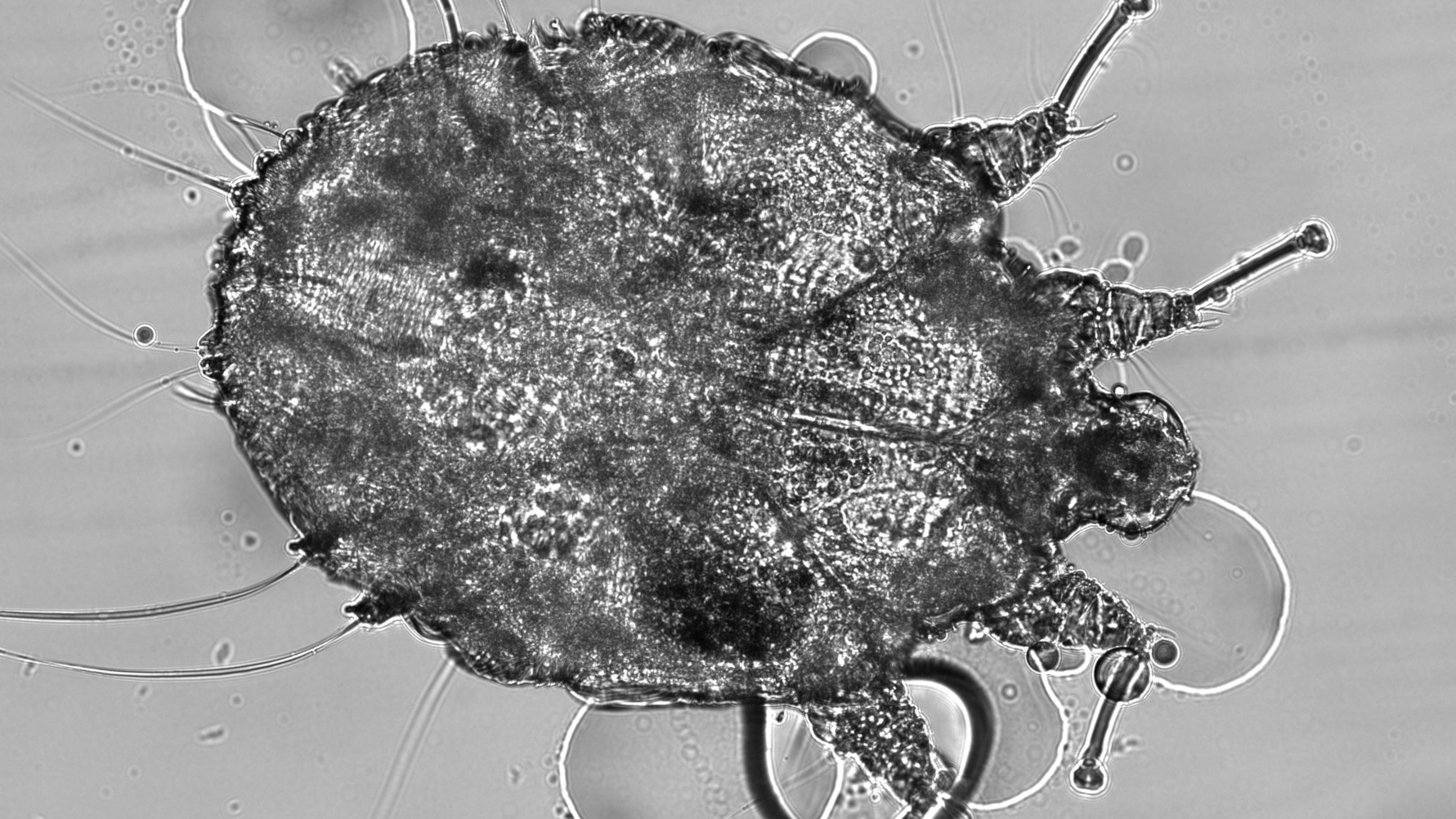
“Scabies rash can actually take up to eight weeks to appear on the body," continues Dr Perry, "during which time it can spread at an alarming rate, particularly on bedding, towels, clothes, and other items which are often shared between partners. The rash affects the whole body apart from the head and neck, and predominately appears around the fingers, under the arms, and in the groin area, waist and bottom."
While Scabies isn’t serious, it it should be treated with prescription medication (typically, a cream or lotion) that kills the mites. Your mattress, bedding, towels and clothes should all be treated too.
How to spot a scabies infestation in your mattress
Spotting a scabies infestation on or in your mattress is practically impossible. The mites are so microscopic that you won't be able to see them with the naked eye. However, there are signs and symptoms you can look out for:
You may see raised lines or 'tracks' on your mattress, for example. These can be easily overlooked, but are caused by the mites burrowing in the mattress material. Scabies mites also leave behind fecal matter that looks like tiny black dots on your bedding.
1. Raised lines on your mattress
2. Tiny black dots on the mattress
3. Intense itching of your skin
This isn't the most reliable sign, however, as these droppings can be difficult to distinguish from other debris. Small black dots can also be a sign that you have bed bugs present in your mattress, or even mattress mold. Ultimately the main signs of an infection will come from you, but you may not see those symptoms for up to eight weeks.
The most common and prominent sign that your mattress has a scabies infestation is intense itching of your skin, especially at night. This itching isn’t just uncomfortable – it will likely disturb your sleep. This could leave you feeling tired, run-down and unrested the next day.
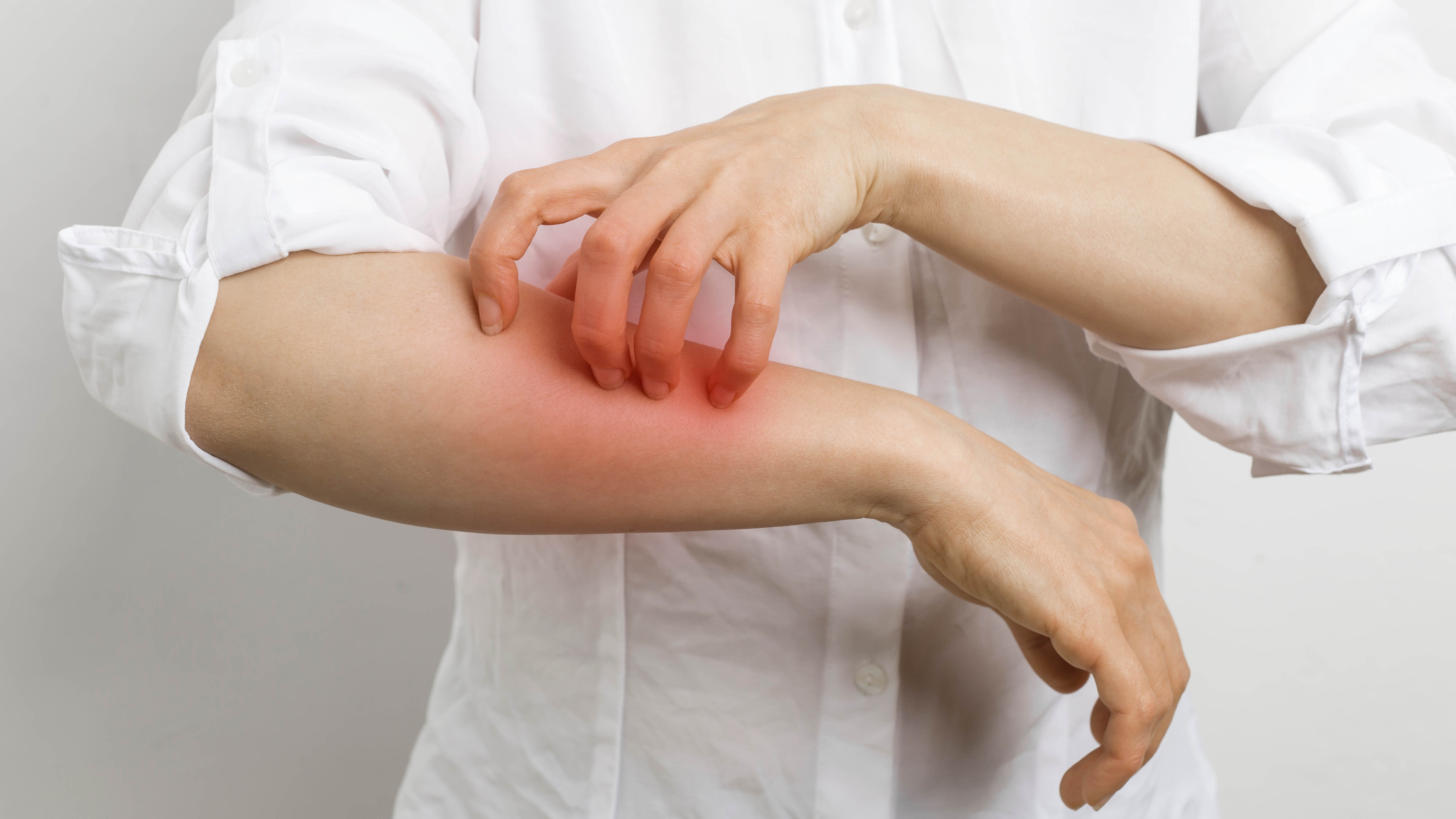
The other key symptom is a rash on your skin. This shows itself as pimple-like small, red bumps and develops in the areas where the mites have burrowed in the mattress. This means it could appear anywhere on your body, but you’re most likely to see it around your wrists, ankles, armpits and in between your fingers.
If you share your bed and your partner is also experiencing severe itchy skin, it’s highly likely a scabies infestation is present even if you are yet to display symptoms. You should avoid being in close contact with others while you treat the infection.
How long does scabies last on a mattress?
Scabies mites need a human host to survive, but they can live up to 72 hours on a mattress without a human host present. So if you have scabies and have slept on the mattress, the mites can potentially continue their activity and reinfest anyone that sleeps on it again without proper treatment or cleaning of the area.
The lifespan of scabies mites on a mattress without a human host also depends on temperature and humidity levels. Typically, the higher the temperature in the room, the shorter the lifespan of the mites. However, higher humidity levels can be beneficial for scabies mites, so if you're able to lower the humidity levels in the room this may decrease their survival time.
How to get rid of scabies in your mattress
To remove scabies from your mattress and prevent reinfestation, first get treated yourself. That way you won't reintroduce the mites to your mattress when you sleep. For any remaining scabies mites, you'll need to decontaminate your mattress and bedding. Here's how...
1. Isolate the mattress
Once you’ve discovered a scabies infestation it’s important to isolate the mattress to prevent the mites from escaping and infesting other areas of your home. This also helps to kill off the mites by starving them of their food source.
Patrick McClure, Health Expert & Co-Founder of WINIT Clinic, advises: “Since scabies mites can hang around for 72 hours away from a human, I've sealed the mattress inside a plastic cover for at least a week. This will ensure that all mites fall by the wayside.”
If possible, move your encased mattress to a separate room.
2. Wash all bedding and linens
Remove all bedding, including sheets, pillowcases and blankets, and your pyjamas and other bed clothes, then wash them in hot water (at least 140ºF/60ºC but, if possible, higher).
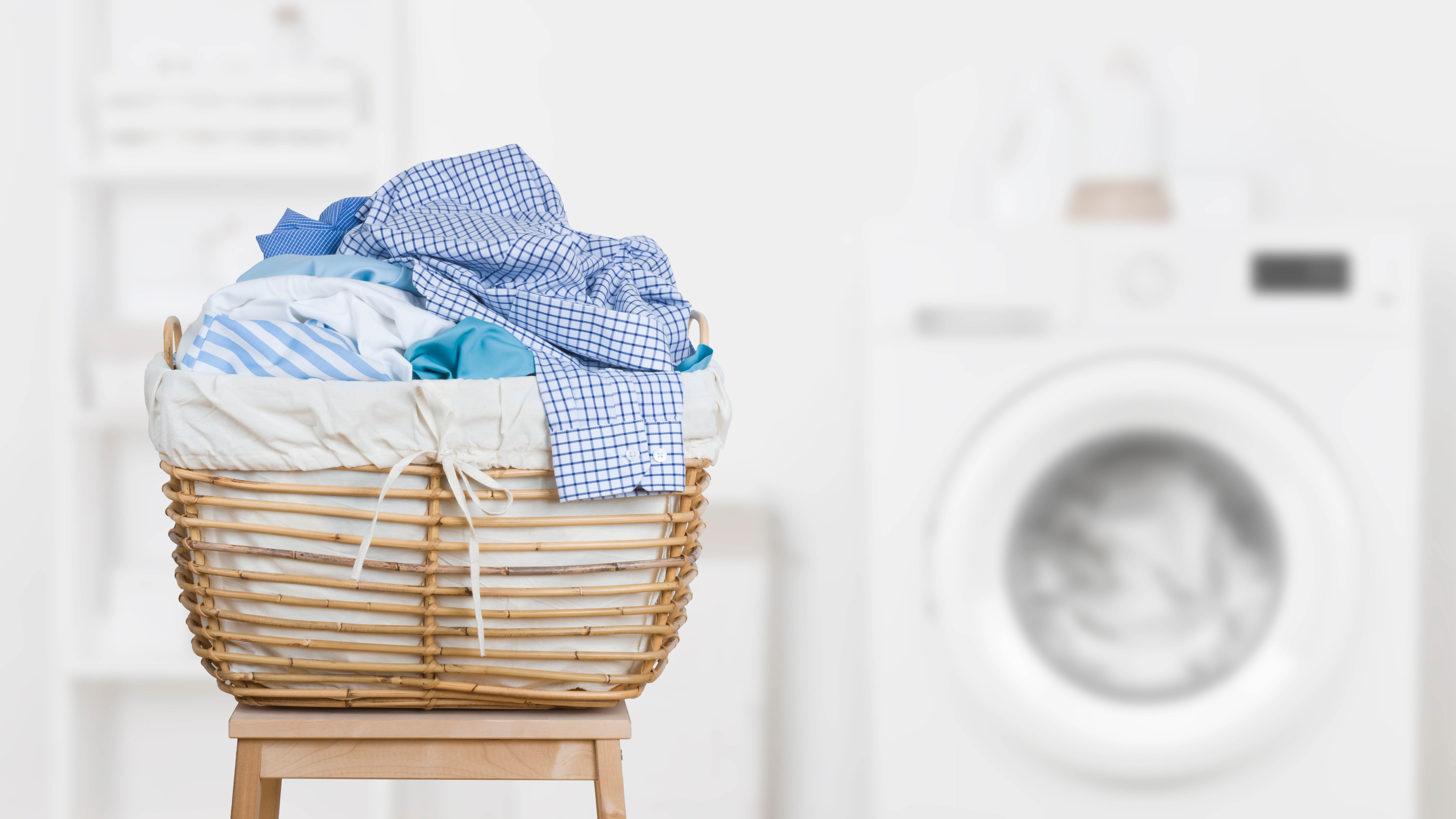
McClure also recommends employing your dryer, suggesting you “dry on the highest heat setting to finally execute the already hatched mites”. Mites cannot withstand high temperatures so it’s the quickest and easiest way to kill them off.
If you have any items that cannot be washed in a machine then follow the same process at removing an infestation from your mattress, placing them in a sealed plastic bag for at least 72 hours to ensure any mites die.
You may also want to wash your duvet and pillows. For more tips, read our guide on how to spring clean your pillows and bed sheets — get rid of dust mites, bed bugs and smells.
3. Vacuum your mattress thoroughly
Make sure to vacuum your mattress regularly. This is the best way to deal with dust mites, allergens and bacteria that can build up on the surface, and will get rid of live scabies mites and their eggs.
Pay special attention to the crevices and folds where you the mites may be, and be thorough, covering the entire surface of the mattress including the top, bottom and sides.
After vacuuming your mattress empty the bin immediately into a plastic bag. Seal this, then place it into an outside bin. You may also wish to clean the inside of the vacuum's dust bin to avoid any chance of reinfestation.
4. Use scabies-killing products
Permethrin spray is an insecticide used to kill scabies mites. It's strong so follow the directions exactly and spray a test patch before tackling your entire mattress.
Do not use Permethrin if you have a memory foam mattress because it can break down the structure of the foam, leading to a loss of its supportive qualities. Also, memory foam traps moisture, so any kind of spray will introduce excess moisture that could lead to mold and mildew growing.
Avoid the affected room while the air clears. If you use Permethrin spray, avoid using your mattress for up to 12 hours afterwards.
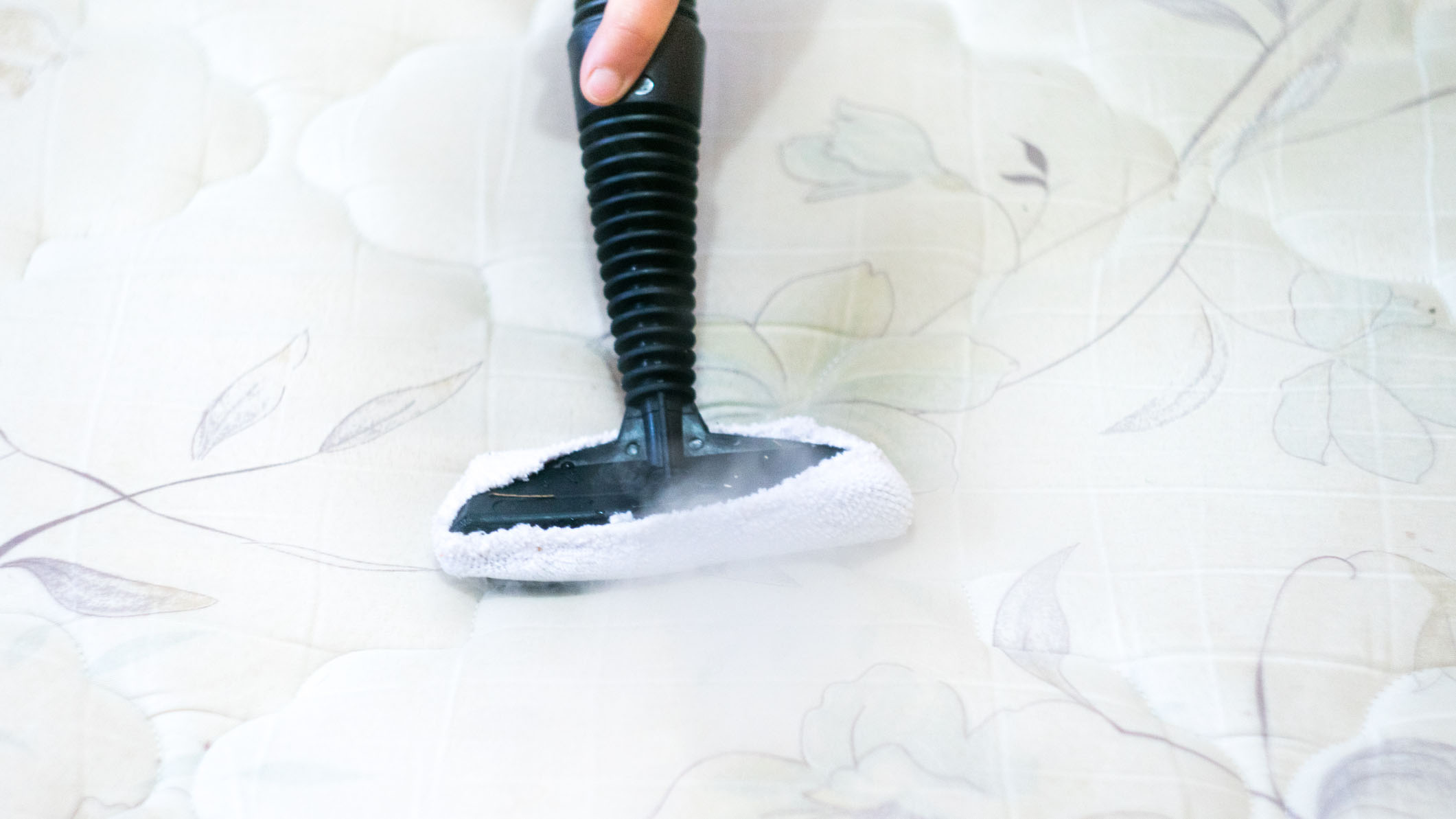
5. Steam clean your mattress
As we've already mentioned, scabies mites do not like heat. Steam cleaning your mattress is the most effective way of killing live mites and their eggs quickly. Not all mattresses can be steam cleaned. In particular, memory foam mattresses are heat sensitive. Heat can cause the foam to break down, leading to such mattresses losing their shape and supportive qualities.
Steam cleaning should also be avoided if your mattress is made from delicate materials like cashmere or wool, as the high heat will cause them to shrink and break apart. Whatever your mattress is made of, check the manufacturer’s instructions to see if you can steam clean it safely.
How to protect your mattress from scabies
If you want to avoid scabies, dust mites, bed bugs as well as any other dirt, dust, debris and liquids from getting near your mattress, consider buying a mattress encasement or one of this year's best mattress protectors. Encasements fully enclose the mattress on the top, bottom and sides, creating a tight barrier against bugs. Here are three we recommend...







